

Stockholm
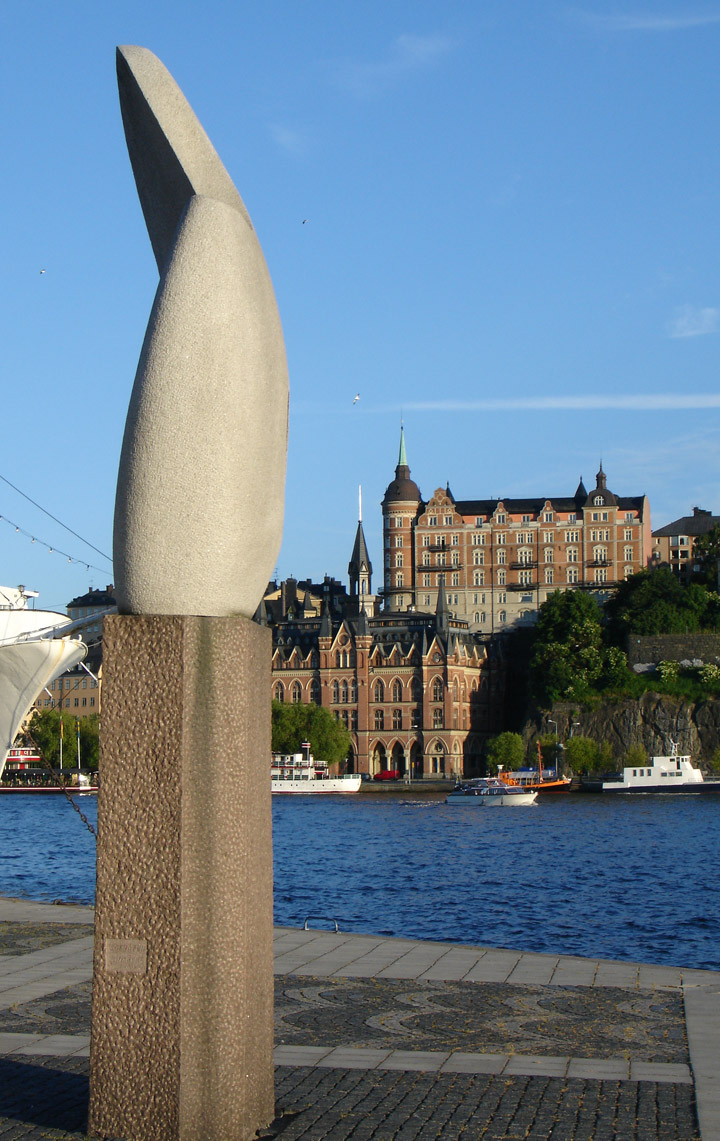
Stockholm, capital city and seaport of Sweden, on the eastern coast of the country, where Lake Mälaren enters the Baltic Sea. It is also the capital of Stockholm County. Stockholm is situated on about 20 islands and the adjacent mainland and is the largest city and the chief commercial, manufacturing, financial, transportation, and cultural center of Sweden.
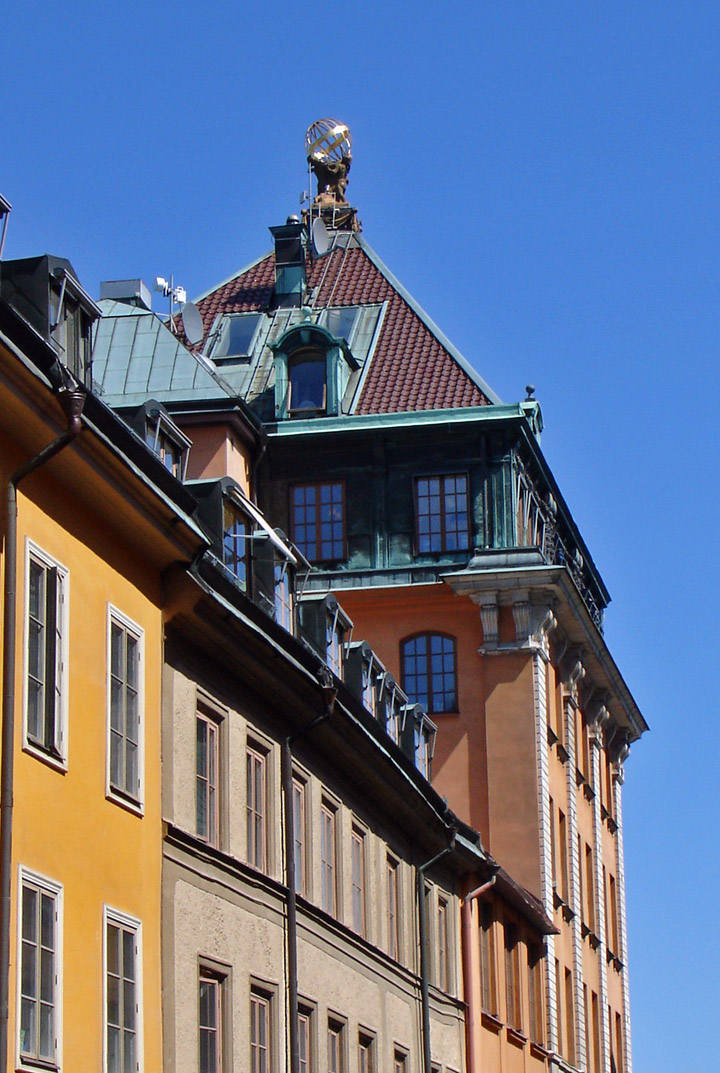
Major manufactures include printed materials, electrical equipment, processed food, machinery, metal products, paper, chemicals, textiles, and clothing. Government operations, tourism, and shipbuilding also are important to the city's economic base.
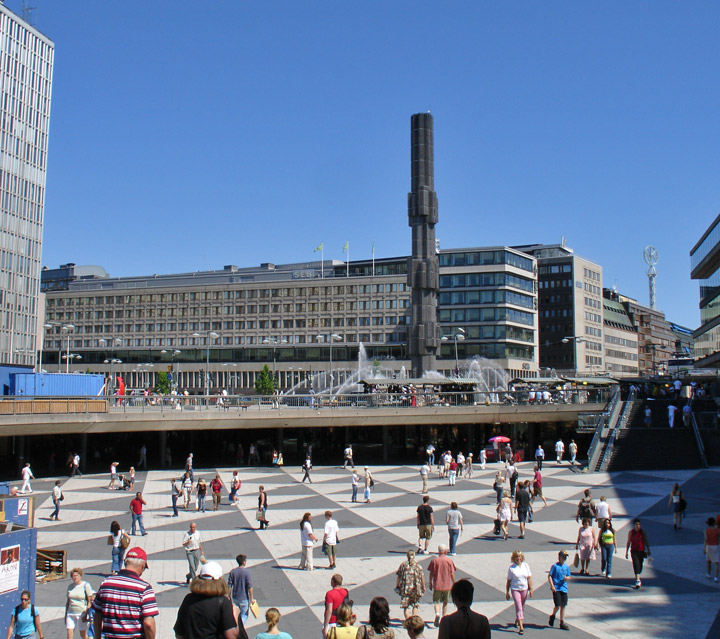
Sergels Torg
Stockholm is known for its beauty; it has many waterways and much parkland and is often referred to as the Venice of the North. It is the seat of the University of Stockholm (1877); the Royal Institute of Technology (1827); the College of Fine Arts (1735); schools of music, economics, medicine, and physical education; the Royal Library; the Nobel Foundation (1900), which oversees the awarding of Nobel Prizes; and the Swedish Academy (1786).
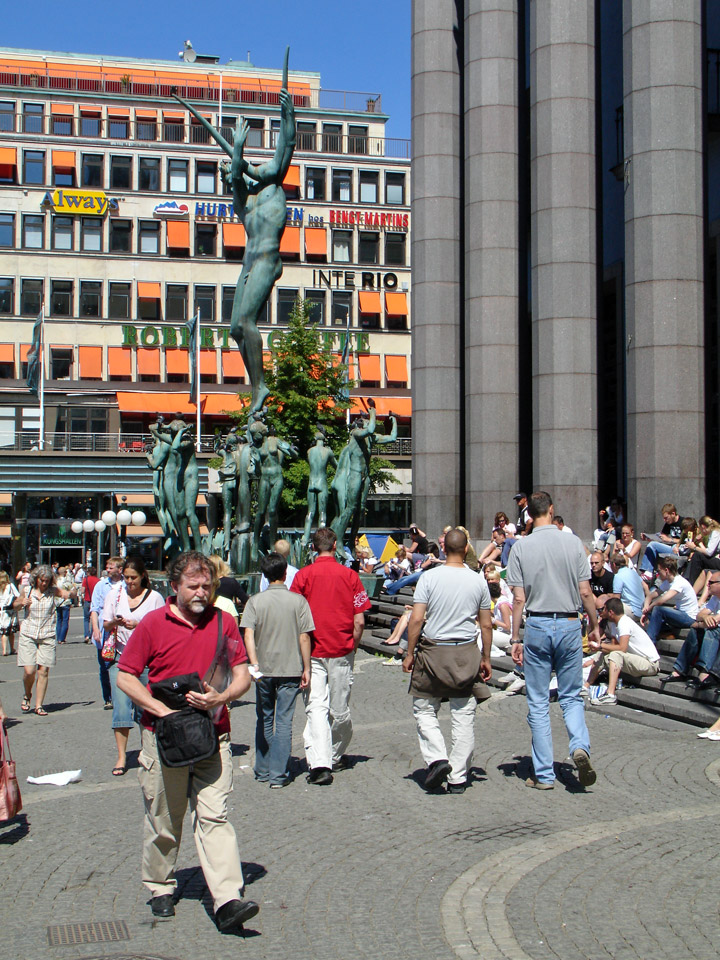
Carl Milles sculpture in front of the concert hall

More Photos of Carl Milles sculpture
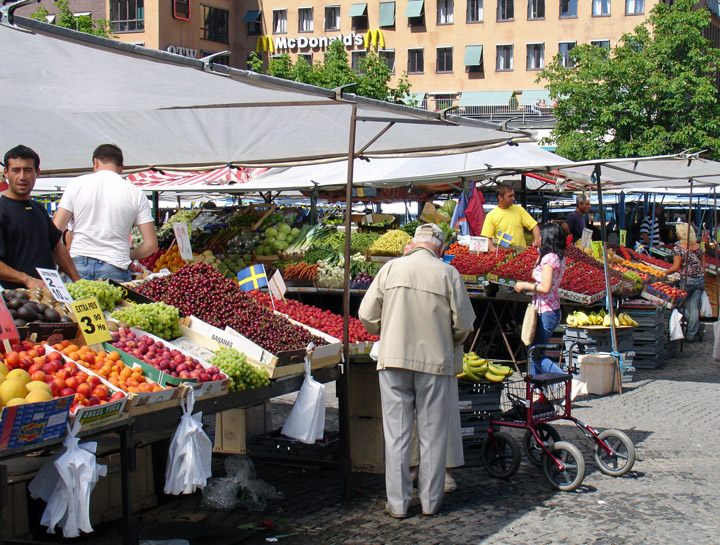
the nearby day market
Among the many museums in the city are the Swedish Museum of Natural History; the National Museum, with large collections of paintings, sculpture, drawings, and prints; the Contemporary Art Museum; the National Museum of Science and Technology; the Ethnographical Museum of Sweden, with a collection of artifacts from around the world; and the National Maritime Museum, with displays relating to Swedish naval and merchant-marine history.
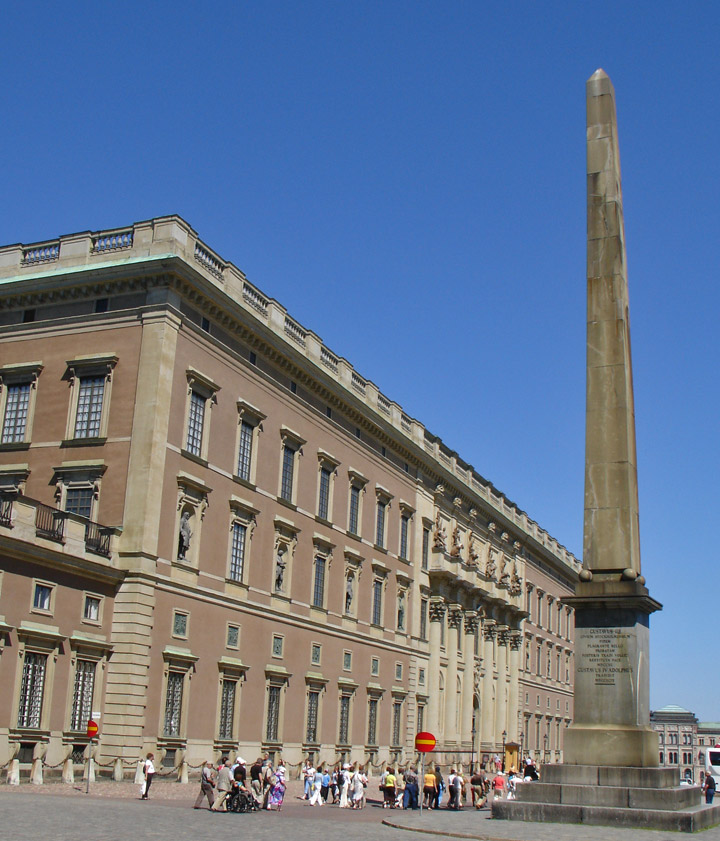
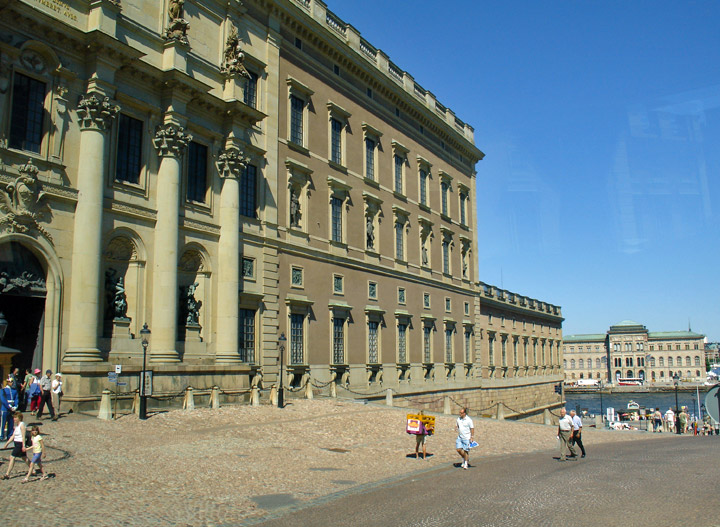
the royal palace
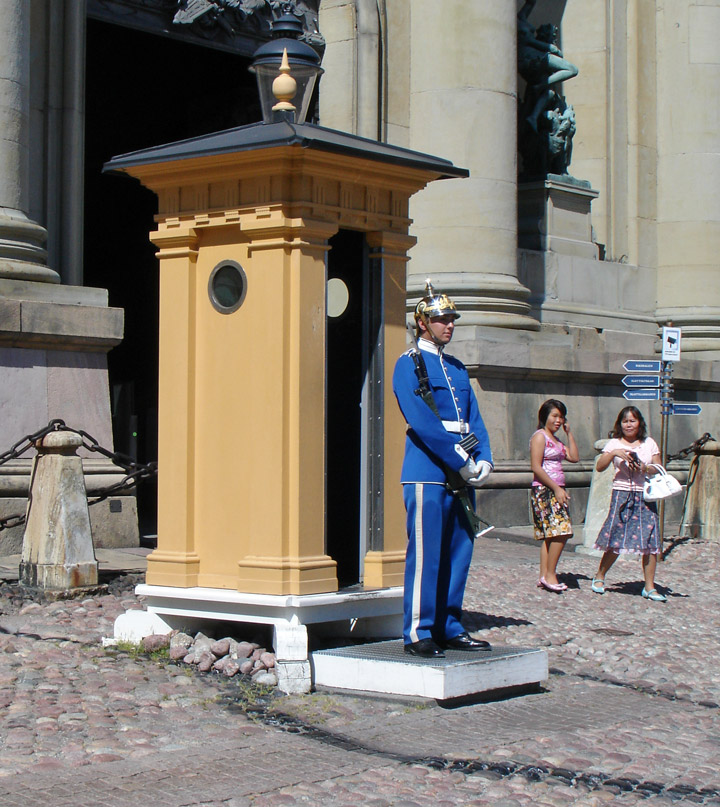
the guard on duty
Other points of interest include the Royal Palace (completed 1754), the 13th-century Church of Saint Nicholas, or Storkyrkan (Great Church), and the 17th-century Riddarhuset (Hall of Nobles), all on the island of Städsholmen; Riddarholm Church (begun late 13th century), in which many of Sweden's monarchs are buried, on the island of Riddarholmen; and the House of Parliament, on the island of Helgeandsholmen.
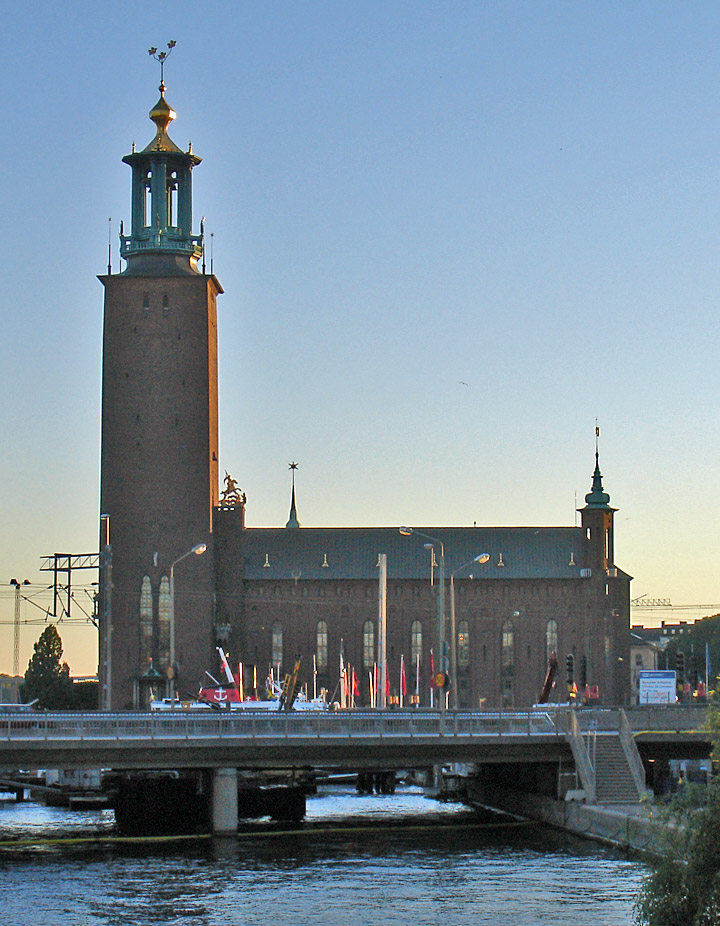
city hall
Also of note are the Stadshuset (City Hall), designed by the Swedish architect Ragnar Östberg and built between 1911 and 1923, and the zoo and open-air museum in Skansen, a popular park. Among the performing-arts institutions that are supported by the city of Stockholm are the Stockholm Philharmonic Orchestra, the Royal Dramatic Theater, and the Royal Ballet.
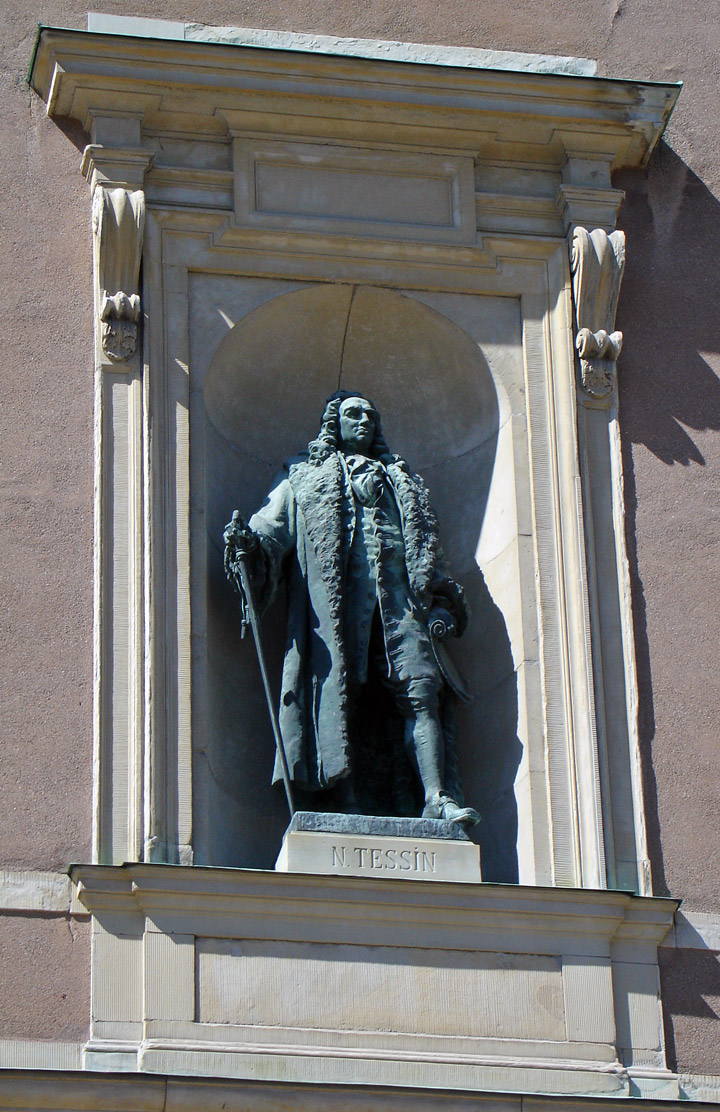
architect Tessin
who was responsible for many of the buildings in Stockholm
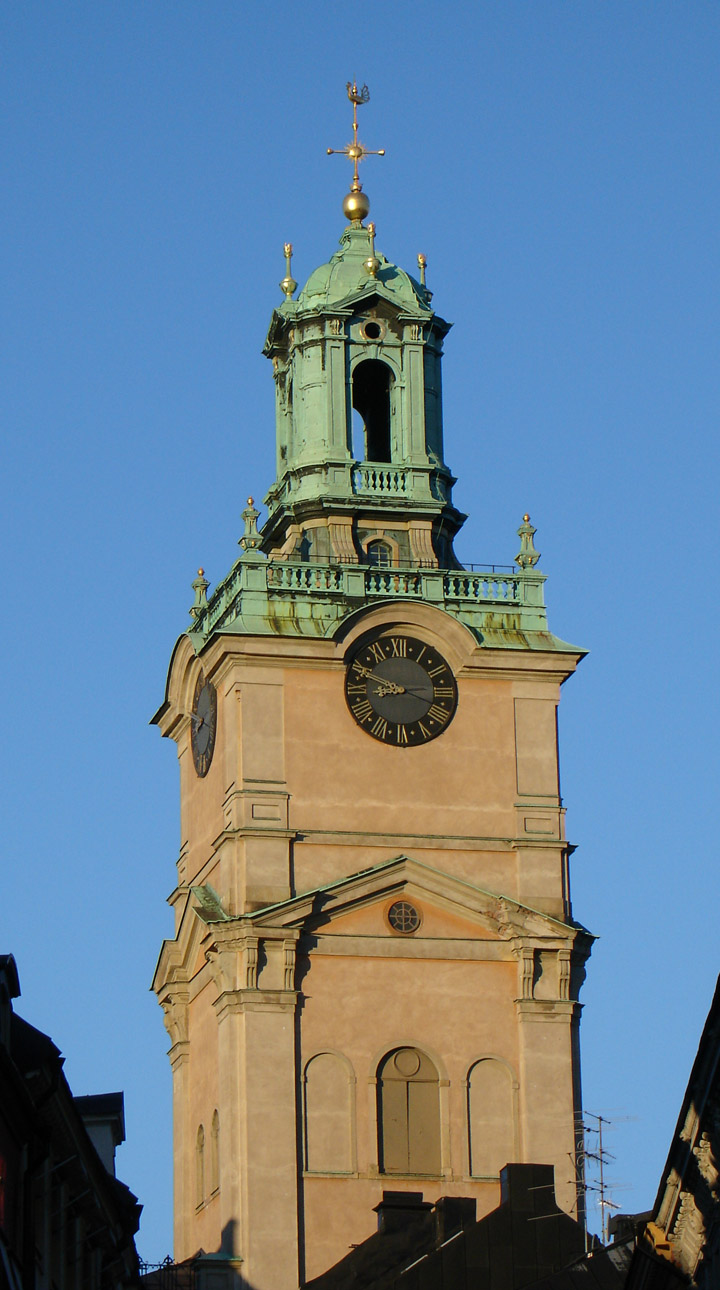
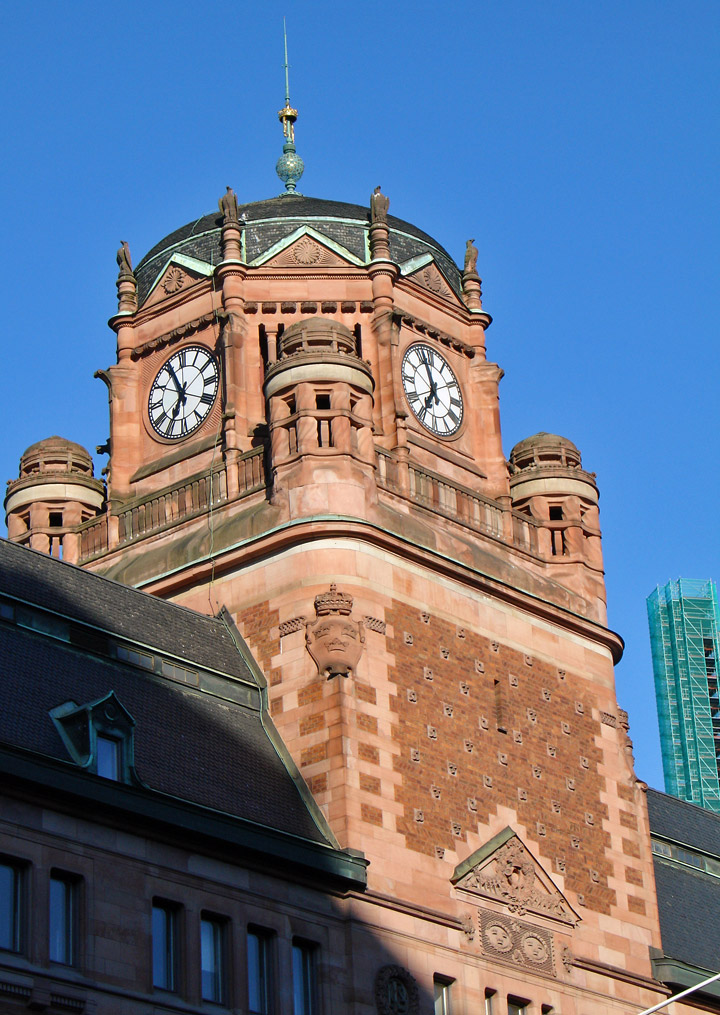
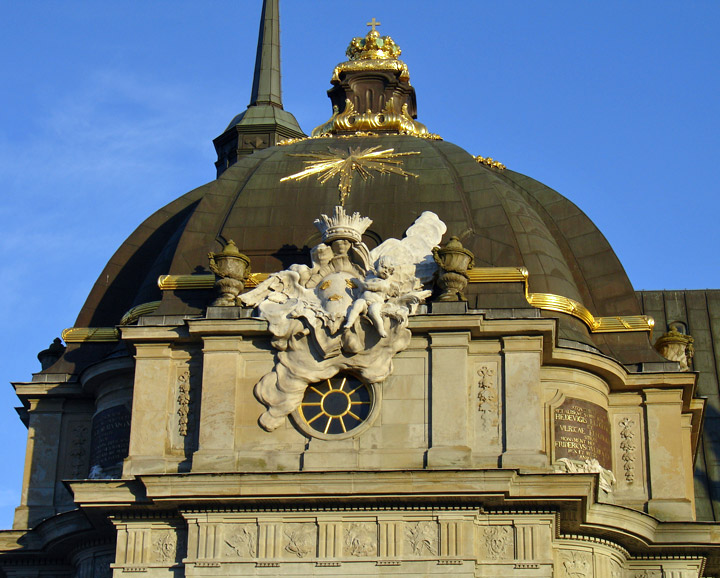
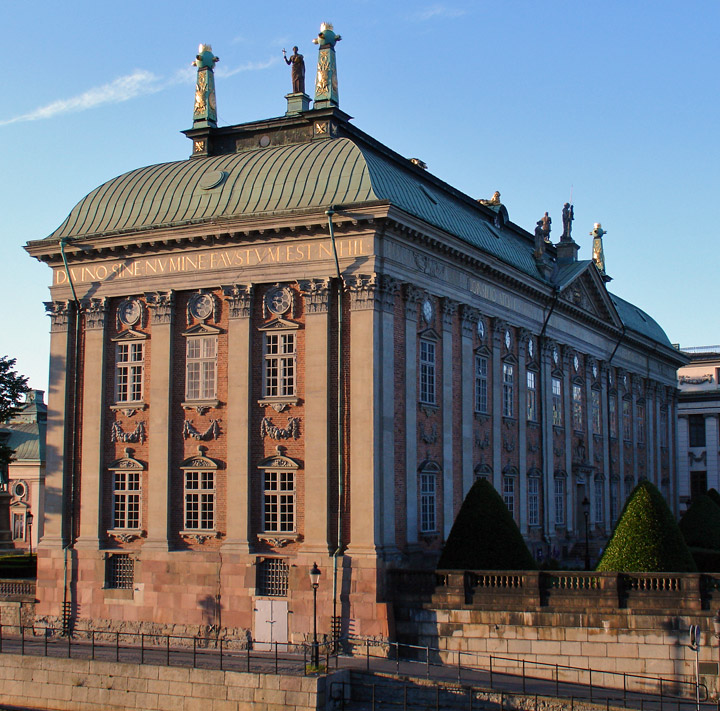
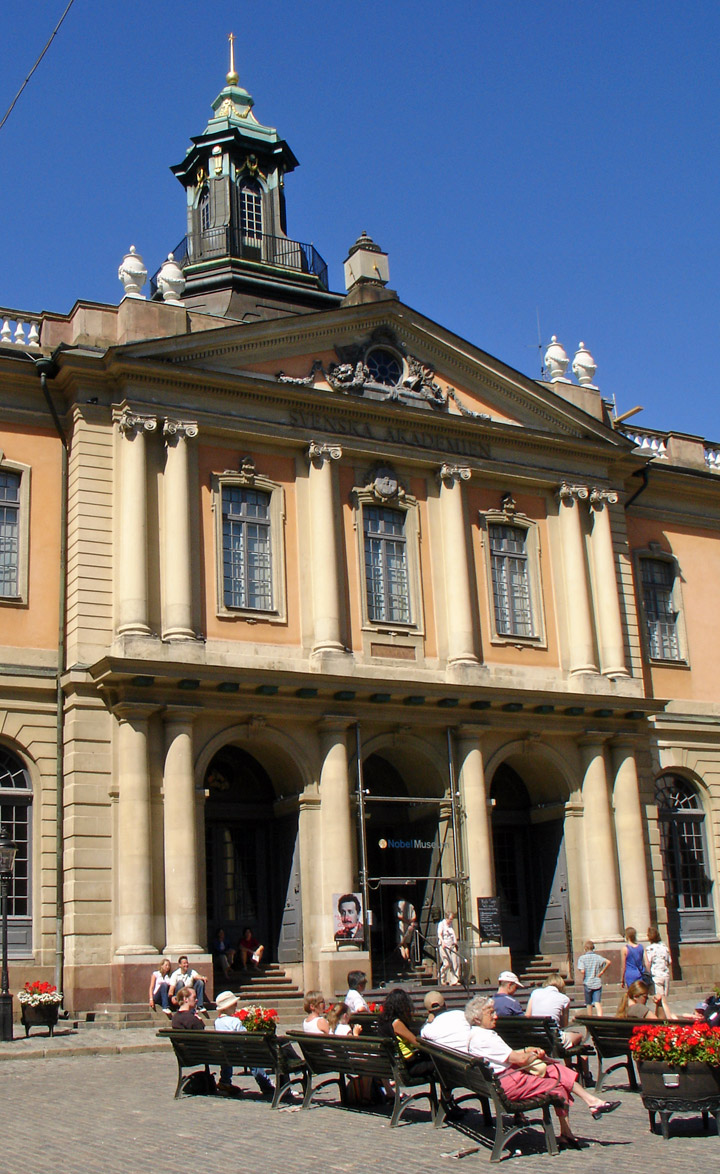
Swedish Academy
Although the area had long been inhabited, Stockholm was not established until the mid-13th century. This settlement developed as a trading center after commercial ties were established with cities that were members of the Hanseatic League (a commercial federation of European cities), particularly Lübeck.
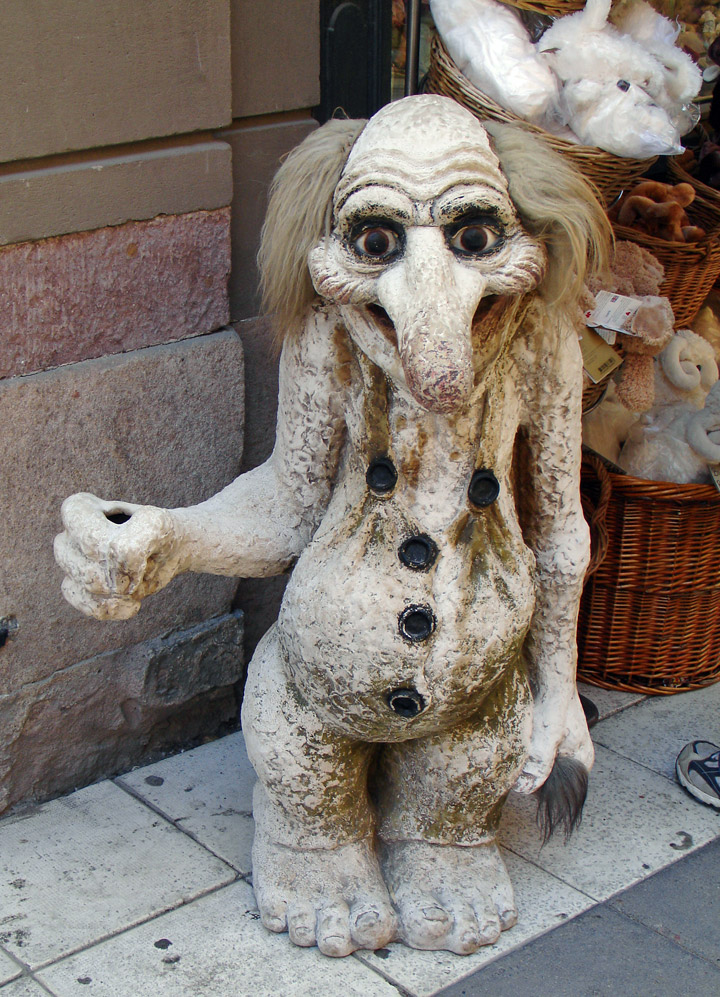
long know for its Troll inhabitants
In 1520 the coronation of Christian II, king of Denmark and Norway, as king of Sweden took place here. To strengthen his position in Sweden, Christian had a number of Swedish noblemen killed during what has been called the Stockholm Massacre. Three years later Danish rule was overthrown, and Gustav I Vasa became king of Sweden, with Stockholm as the center of his kingdom.
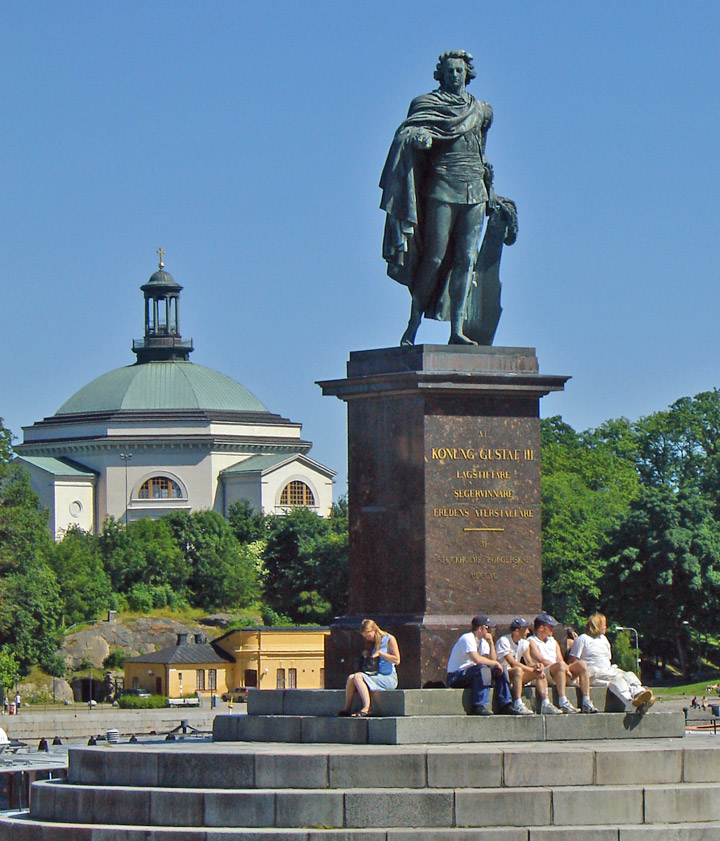
The city became a noted cultural center in the 17th century, and
its main growth as an industrial community began about 1850. The 1912 Olympic
Games were held in Stockholm.
Text from Microsoft Encarta
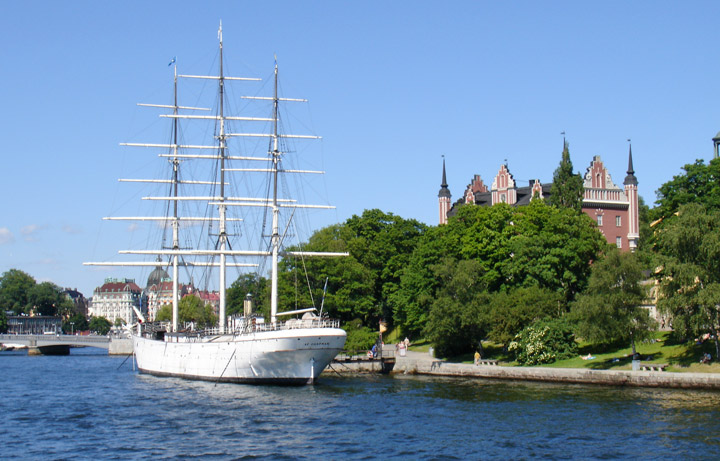
the harbor
Swedish Museum in background
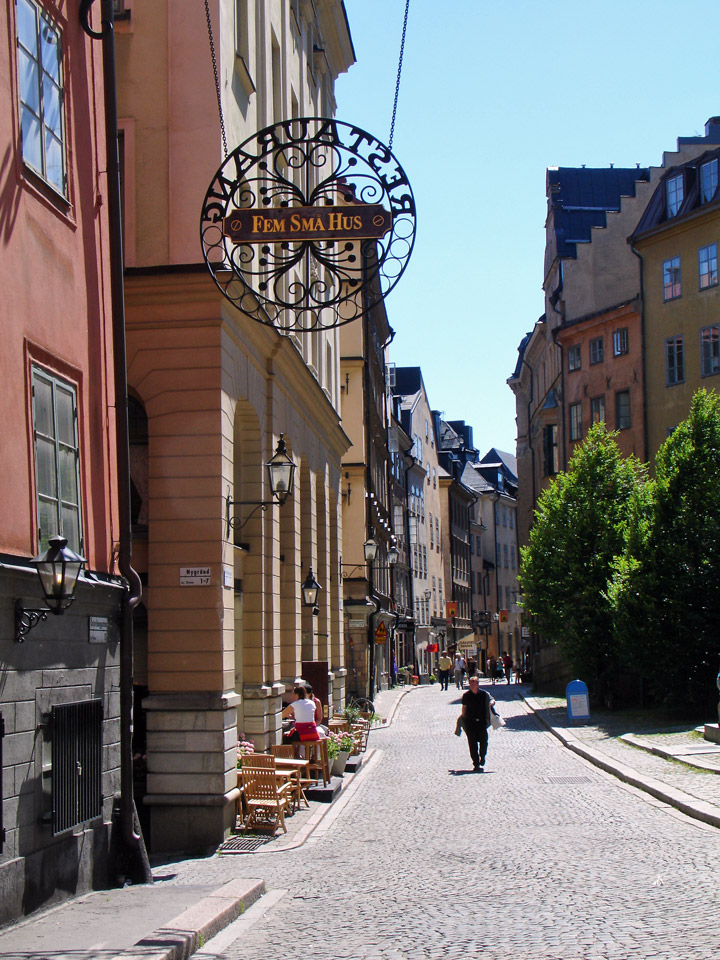
Old town
Gamla Stan
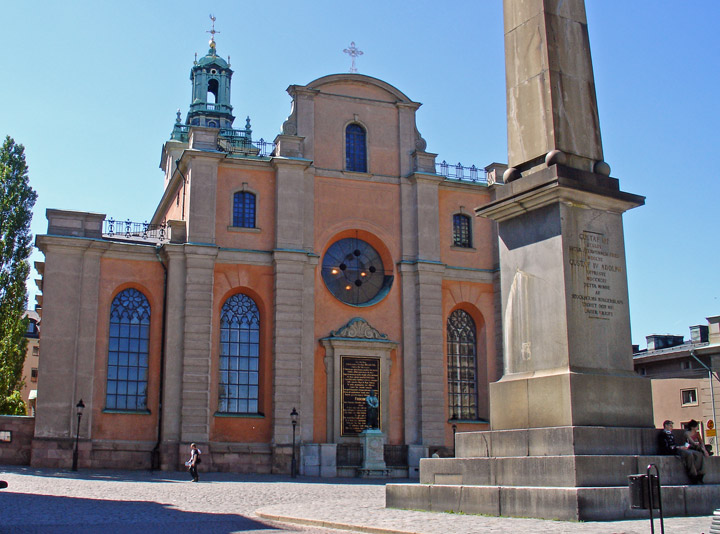
the cathedral
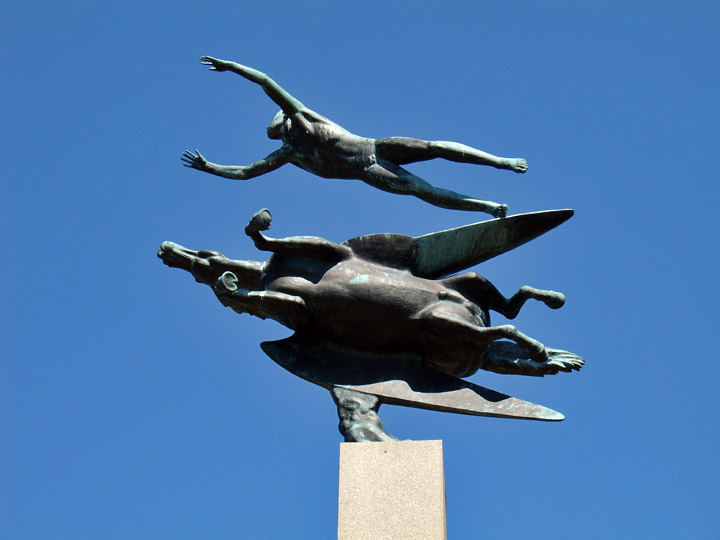
sculpture by Carl Milles
More Photos of Carl Milles sculpture
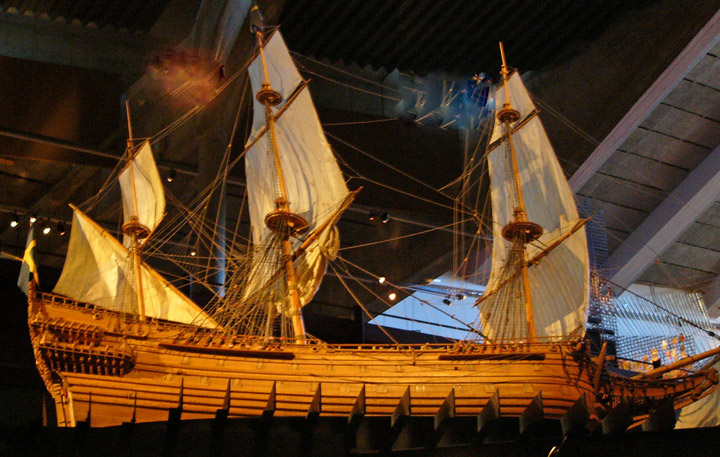
model of the Vasa
More Photos of the Vasa Ship Museum
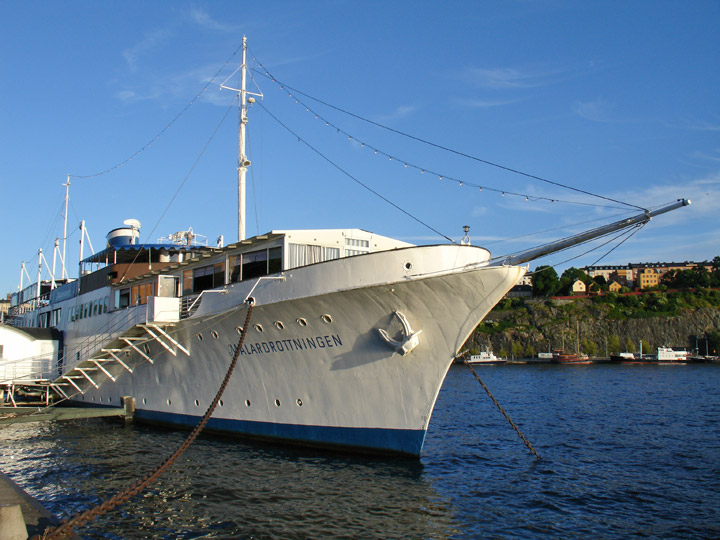
ship used as a restaurant
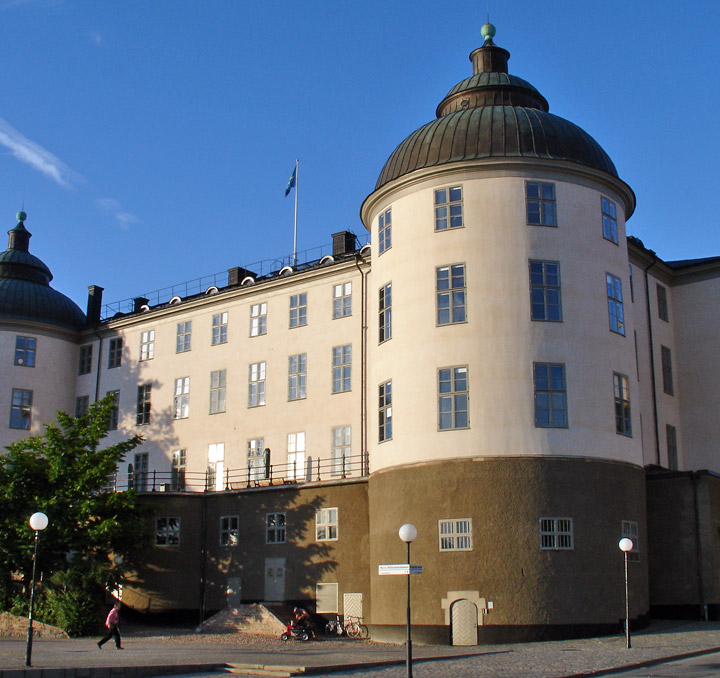
Riddarholmen building
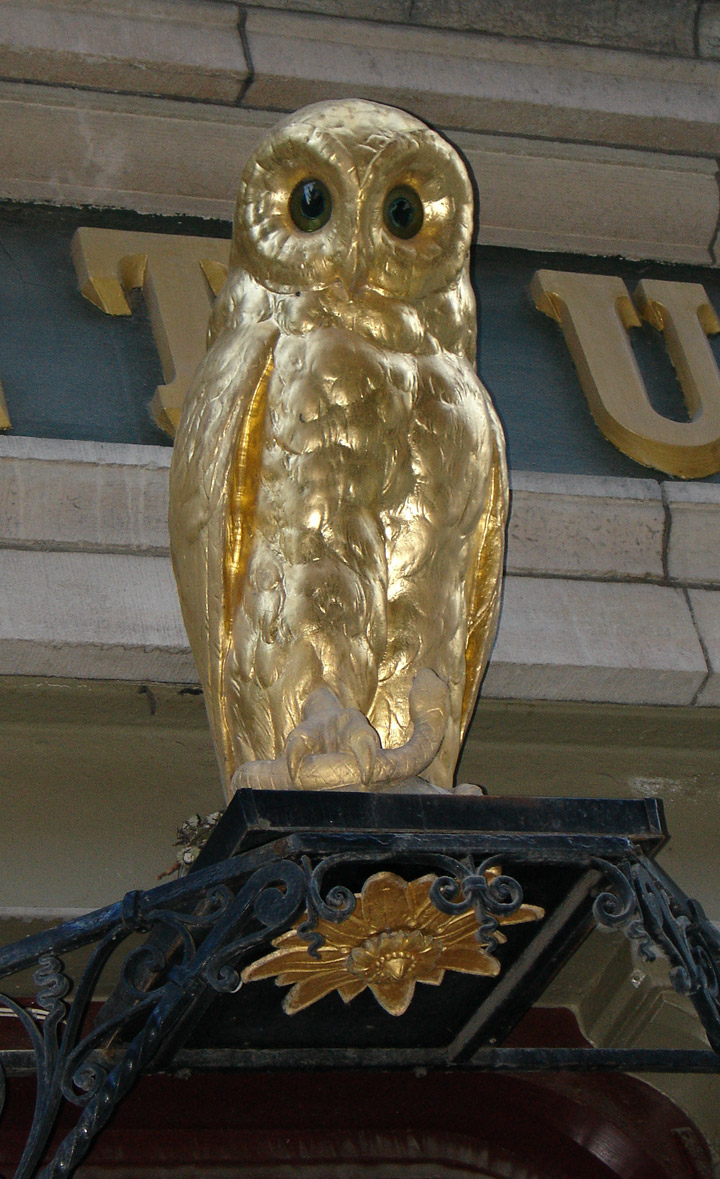
owl on the apothecary shop
(the druggist)

a hot dog for any international taste